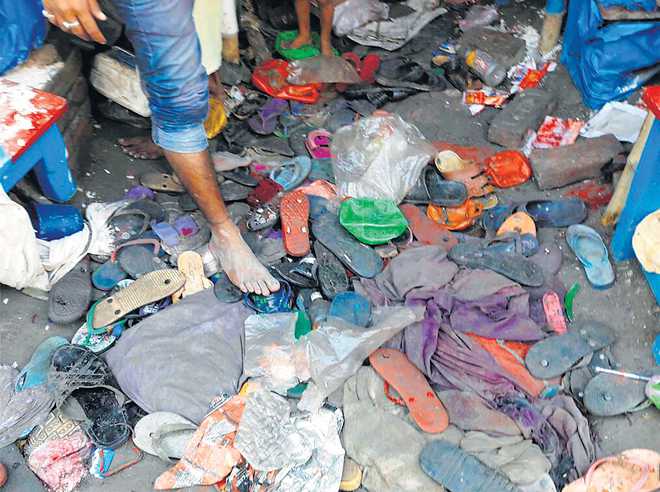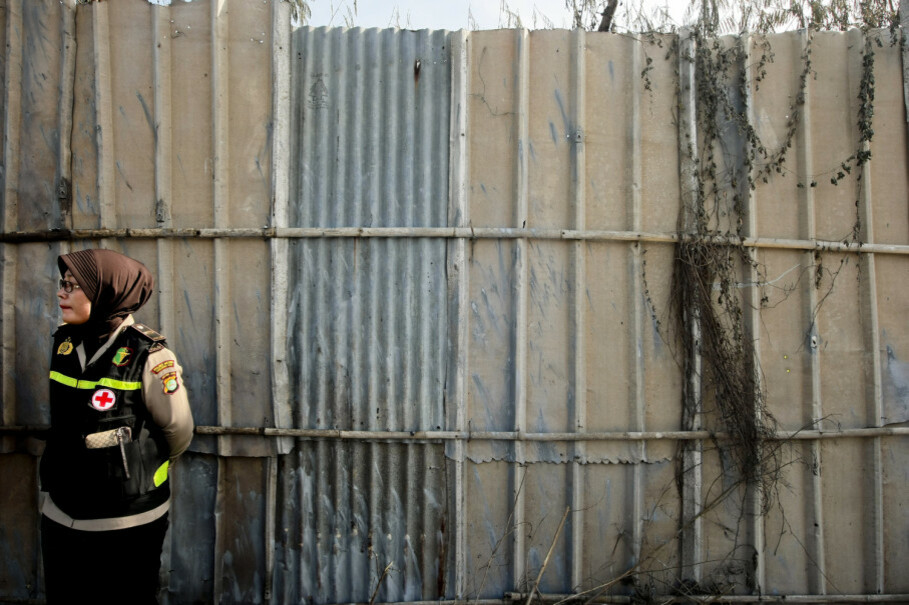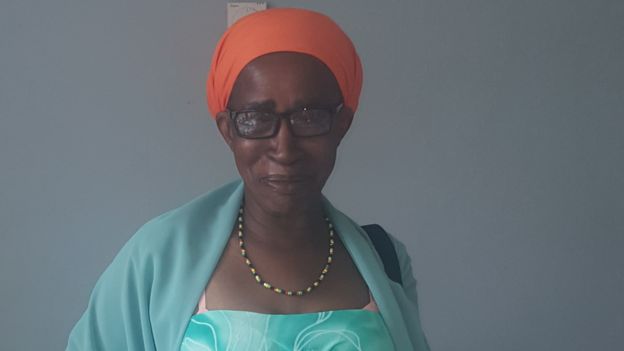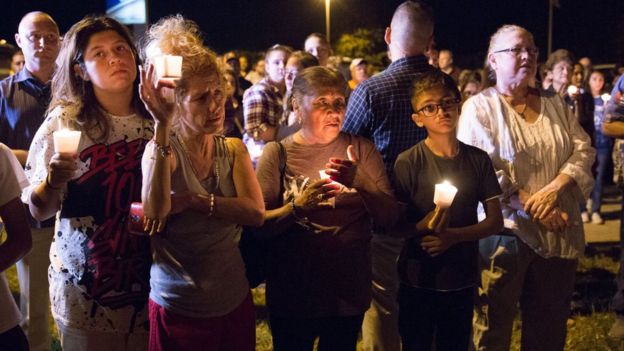
Sutherland Springs
“Whose grave’s this, sir?”
Hamlet, Prince of Denmark
“Mourning. We will be speaking of nothing else.”
Jacques Derrida. Specters of Marx
26. Two mirrors face each other. “Sutherland Springs: Texas church shooting leaves 26 dead”. “Italy probes deaths of 26 Nigerian women from migrant boats”. These headlines both appeared on the BBC news website today. In Texas, the Governor said, “This will be a long, suffering mourning for those in pain.” In Texas, half of the people killed were children. In Italy, most of the women were between 14 and 18 years old. This is the fearful symmetry we have produced. No immortal hand or eye would dare produce such horror. This is completely ours. 26. We should all be in pain, and not just today. Who will remember the day in which 26 innocents here and 26 innocents there became specters, objects for the work of mourning, subjects for the never-too-soon debates? Who will claim responsibility, for the wholesale mass production of guns, refugees, asylum seekers, and corpses? 26. Whose world is this? Whose grave’s this, sir? 26.
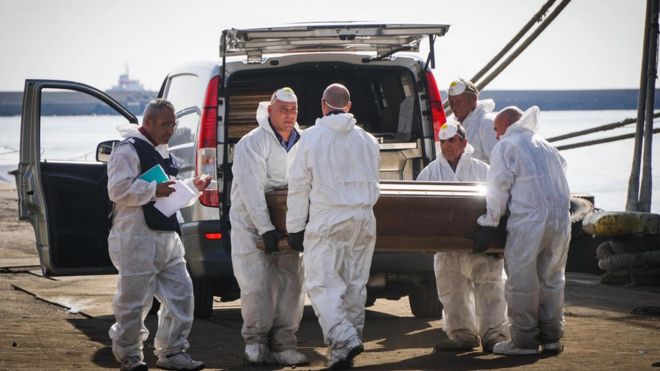
Salerno

